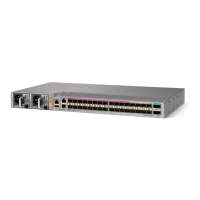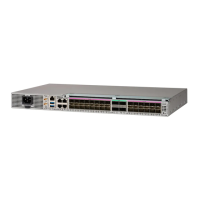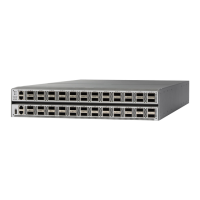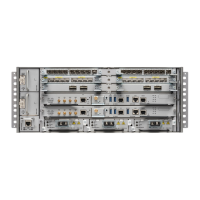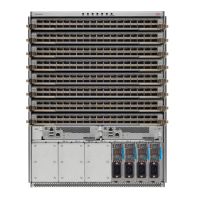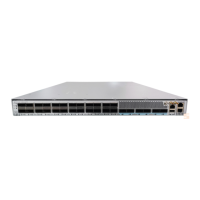priority (QoS)
To assign priority to a traffic class based on the amount of available bandwidth within a traffic policy, use
the priority command in policy map class configuration mode. To remove a previously specified priority
for a class, use the no form of this command.
priority [level priority-level]
no priority
Syntax Description
(Optional) Sets multiple levels of priority to a traffic class. Level 1 through 7. Default
level is 1. Level 1 traffic has higher priority.
level priority-level
Command Default
No default action.
Command Modes
Policy map class configuration
Command History
ModificationRelease
This command was introduced.Release 6.0
Usage Guidelines
The priority command configures low-latency queueing (LLQ), providing strict priority queueing (PQ).
Strict PQ allows delay-sensitive data such as voice to be dequeued and sent before packets in other queues
are dequeued. The priority command is supported only in the egress direction. No policer is allowed with
a priority class. To limit the priority traffic use the shape average command.
The priority command sets up classes based on a variety of criteria (not just User Datagram Protocol [UDP]
ports) and assigns a priority to them.
The bandwidth and priority commands cannot be used in the same class, within the same policy map. These
commands can be used together in the same policy map.
Task ID
OperationsTask
ID
read,
write
qos
Examples
This example shows how to configure priority queuing for the policy map named policy1 :
RP/0/RP0/CPU0:router(config)# policy-map policy1
RP/0/RP0/CPU0:router(config-pmap)# class class1
RP/0/RP0/CPU0:router(config-pmap-c)# priority level 1
Modular QoS Command Reference for Cisco NCS 5500 Series and Cisco NCS 540 Series Routers
47
Congestion Management Commands
priority (QoS)
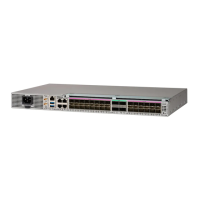
